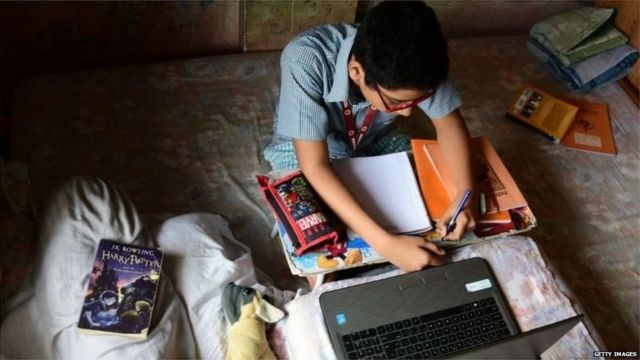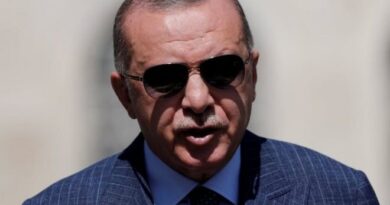Corona Virus: What happened to studies in South Asia?
In most parts of Europe, children have started going to school again. However, in many other countries of the world, due to restrictions of the corona virus, studies are still in schools.
We have reviewed the situation in India and its neighboring countries regarding schooling in South Asia. According to the United Nations (UN), about 60 crore children in this area have been affected by the lockdown.
Who is not going to the classroom?
When the restrictions of the corona virus were first introduced in March and April, the academic session started in most places in South Asia at that time.
Schools have been closed since then and schools are still closed on a large scale.
Currently:
In India, classrooms are largely closed. Education is going on online or through TV programs only. However, the government says that children from class 9 to 12 can go to school after September 21 on voluntary basis with the approval of their parents.
Bangladesh and Nepal have also pushed school closure and remote learning is being taken here too.
Schools were opened in Sri Lanka in August, but were closed again as cases grew.
Children will return to schools in Pakistan in a phased manner. With the fall in Corona cases, classes will start from September 15.
A teacher teaching children
Does everyone have internet?
Remote learning consists of either live online classes for children, or digital content is provided. This content can be used offline or online anytime.
However, many countries in South Asia lack reliable Internet infrastructure. Also, it is not possible for the poor to afford the Internet.
The UN says that at least 147 million children are not able to achieve online or remote learning.
Only 24 per cent of households in India have internet access. This has been revealed in a 2019 government survey.
In rural areas of India this figure further decreases. Only 4 percent of the households in these places have internet.
Bangladesh has better connectivity than India. It is estimated that 60 percent of children in Bangladesh can study online. However, the quality of broadband internet here is often quite poor.
Basic equipment is also lacking in many schools.
Nepal’s recent economic survey says that less than 30 percent of the nearly 30,000 government schools have computer facilities. Also, only 12 percent of schools are able to conduct online learning.
Some countries have taken recourse to television and radio due to lack of Internet-enabled devices or broadband connection.
These platforms have access to a large segment of the population.
Government TV Doordarshan of India shows educational programs on its channels daily.
Bangladesh’s official broadcaster Sangsad Television also shows recorded content on its channels.
UNICEF’s South Asia director Jean Goe said, “These are among the most successful methods. They have access to a large population of children.”
Nepal has adopted a similar approach, but less than half of the families here have cable TV.
Risk of infection in opening school
Schools have been opened in Sri Lanka. Joseph Stalin, general secretary of the Ceylon Teachers Union, says, “There is no social distance to be followed and it is mandatory to wear masks only in some schools.”
They say, “Basic safety measures are difficult to implement because no special funding has been released.”
The All Pakistan Private Schools Federation has opposed the opening of schools in September. It says that they need government funding to implement testing and corona virus protection guidelines.
Similar concerns remain about starting classes in schools in India too.
Preeti Mahara of Child Rights and You told the BBC, “With the opening of schools, parents, transport, teachers and other service providers will also start working and this will increase people’s activities.”
Due to being closed for a long time, a lot of financial difficulty has arisen in front of these private schools.
More than 100 private schools are being sold in Bangladesh. The owner of one such school in Dhaka, Takbir Ahmed said, “I have borrowed money to pay salaries and rent.”
Many charity organizations have also tried to help such schools.
Dr. Rukmini Banerjee of the First Education Foundation in India says, “State governments and schools are trying to connect with every child who has at least one mobile phone in their family.”
In some cases, the children have even cut their names from the school as the authorities failed to contact them for studies.
Gene Go of UNICEF says that this could lead to a sharp increase in dropout rates in schools.
“In terms of previous cases of school closures in Ebola and other emergent situations, this can prove to be very harmful in terms of learning,” says Go.




